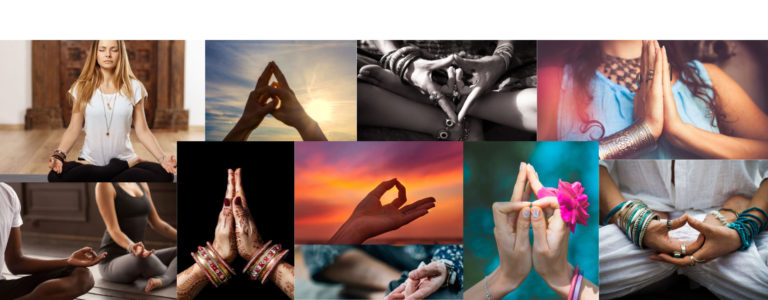Yoga Practice Name
Manduki Mudra


Manduki Mudra
Manduki is a term often used in the context of yoga and mudras. It can refer to a specific practice, mudra, or even an asana depending on the context in which it is used. In the traditional yogic texts, "Manduki" is associated with a variety of meanings:
Steps:
Duration: